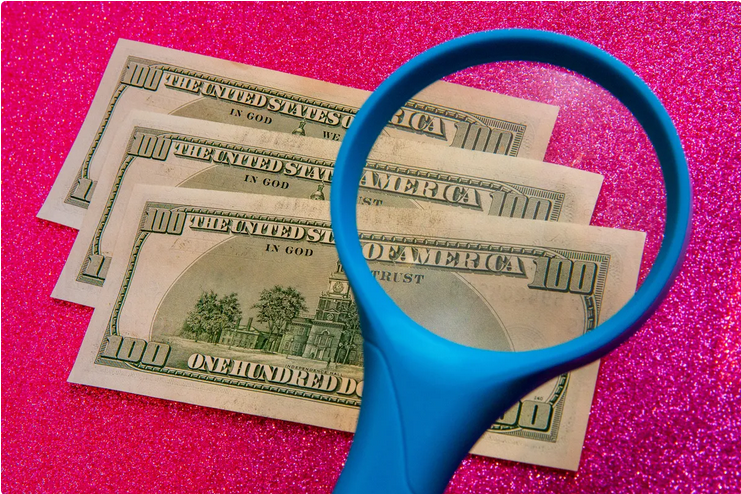Your Employer May Owe You Money. Here's How to Check and Claim Unpaid Wages
If your employer stiffed you for overtime or unpaid hours, the Department of Labor may have money for you.

Unpaid wages add up to hundreds of millions of dollars a year.
Sarah Tew/CNET
Do you think one of your employers didn't pay you what you were owed? Whether it was unpaid overtime, or you were paid less than the minimum wage, or you worked hours you didn't get paid for, the federal government could have money you can claim. It's easy to find out through the Department of Labor.
The Department of Labor recovered more than $230 million in back pay in 2021 from employers who owed workers wages -- an average of $1,211 for every worker owed back pay. If the department's Wage and Hour Division finds that an employer hasn't fairly paid employees, it can make that company pay what it owes, and then direct the money to the workers who've been cheated.
However, if the agency can't find you to give you the wages you're owed (for example, you moved or changed your name), it'll hold on to the money for three years to give you time to claim it. Read on to learn how to find out if you have unpaid wages to recover and how to claim them. For more, learn how to check if your state owes you money and how to get it.
Why is the Labor Department holding my back pay?
If the Labor Department's Wage and Hour Division finds an employer has violated labor minimum wage and overtime laws covered under the Fair Labor Standards Act, it attempts to recover those unpaid wages by making the employer pay the full amount it owes you.
If the agency couldn't contact you, it holds your back wages for three years. After that, it's required by law to send the money to the US Treasury. You won't be able to claim back pay after that time.
How to see if you have back pay to claim from the federal government
There's a quick and easy process for finding out if there are any unpaid wages you have a right to claim.
1. Head to the DOL's Workers Owed Wages search tool.
2. In the Search Employer by Name field, enter the company name that may owe you back wages and tap the WOW Search button.
3. If the search tool finds a match, it displays the company name in the results field. Select the company and tap Next.
4. In the next window, enter your first initial and last name and tap Submit. If the tool finds the division is holding unclaimed wages, it will direct you to a DOL office that can verify your information and then send a check for the back pay.
How to claim unpaid wages from an employer to get money you're owed
If you think your employer has withheld wages that don't appear on the Workers Owed Wages tool above, you can file a complaint with the DOL. You'll need to provide information such as pay, hours worked and pay stubs for the DOL to determine whether to start an investigation. You may also contact your state's labor agency to file a complaint.

You can file a complaint if you think your employer owes you money.
Sarah Tew/CNET
What is the federal minimum wage, and what are overtime rules?
The federal minimum wage is $7.25 per hour. A state or city may have a higher minimum wage rate and, in a situation where an employee is covered by both federal and state wage laws, the employee may qualify for the higher minimum wage. Check with your state labor agency for more.
Employees covered under the federal overtime regulations should receive 1.5 times their regular rate of pay after working 40 hours in a work week. Note that the federal regulations do not require overtime pay for weekends or holidays unless working on those days exceeds 40 hours in a work week. Note that state laws may define overtime differently. California, for example, requires overtime pay after an 8-hour work day.
For more ways to track money the government owes you, here's how to check the status of your income tax refund and how to learn if your state owes you any new child tax credit money.
This article, written by Clifford Colby, appeared first on CNET.

